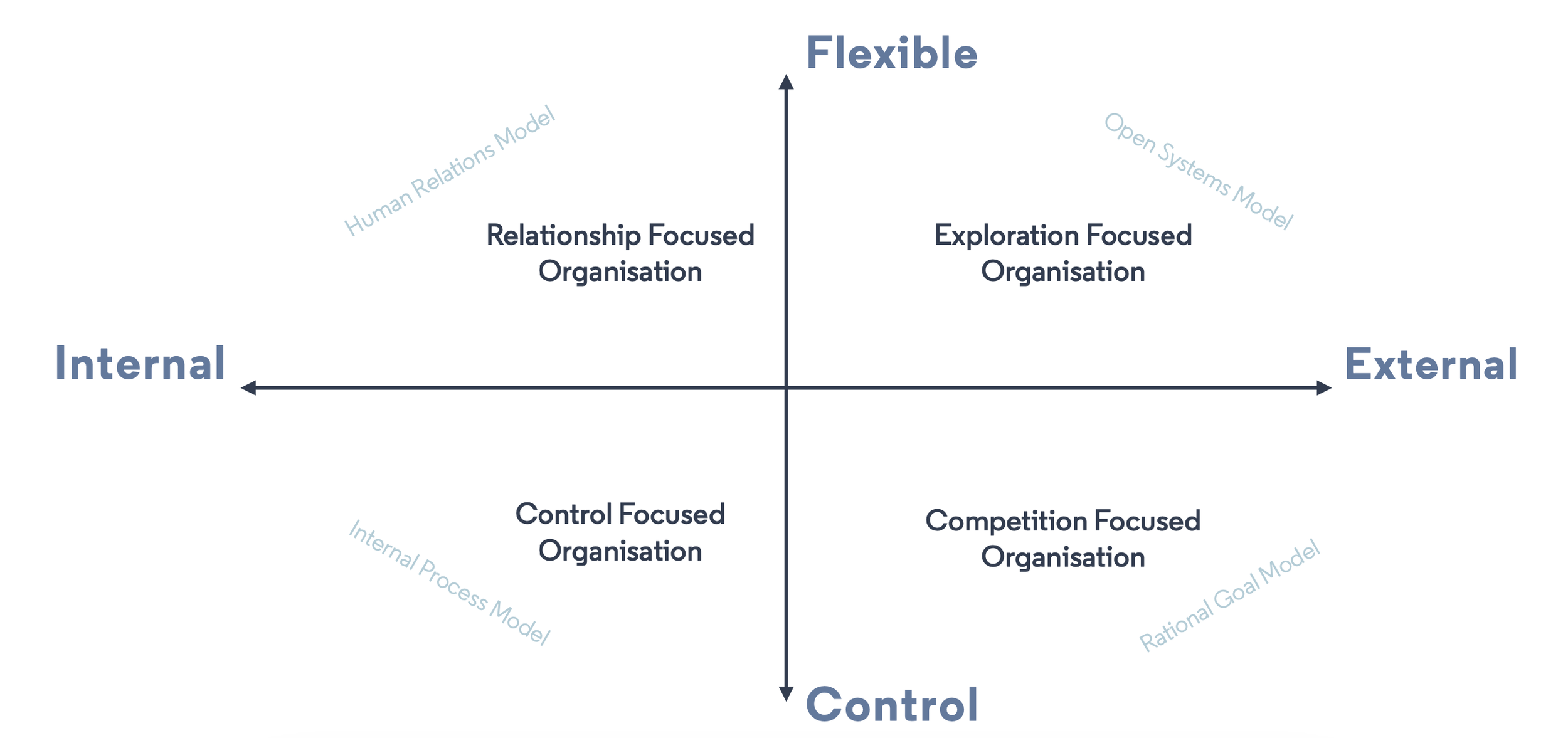Oostende, Belgium. March, 2025.
Connecting Dots is an innovation leadership newsletter and community.
◎⁃◎
Closing Innovation’s Culture Gap
Organizations will often conclude they need to be more innovative—new products, better services, sharper commercial models, novel marketing or improved operations. Usually triggered by a forcing function like market dynamics, competitor adjustments or new technology possibilities. Yet rarely do they ask what in their culture hinders more novel, effective or ambitious responses to these forcing functions.
All companies already have a culture of innovation as measured by their current innovation outcomes. Often, these outcomes are far from meeting their aspirations. Evidence from McKinsey suggests 94% of executives are not satisfied with their innovation achievements, so it seems even at the world's best companies, there’s a significant aspiration to satisfaction gap.
Many executives I work with appreciate the observation that an organization can only innovate as much as it can tolerate change. The lower the change tolerance, the lower the innovation output and outcomes. The higher the change tolerance, the more ambitious the innovation outputs and outcomes.
The point of asking a question like “What is our innovation tolerance right now?” is to surface the current innovation culture. Every culture will have a boundary reflecting the types of innovation that can and can’t be tolerated right now. It’s a helpful question to ask even in times of high innovation tolerance, as the boundary shifts over time.
Most often, there is frustration when a firm isn’t more innovation-tolerant. The antidote many call for is to add or adopt an innovation culture as if it’s a specific and singular type of culture. Yet when you look at a cohort of highly innovative companies like, say, Amazon, Apple, Google, Microsoft and Nvidia, you find fiercely different cultures for how they innovate.
A way to decode and recode the innovation culture is to look at any organization as neurotic. Neurotic in this context means to be anxious and obsessive about the current way of working. By decoding the dominant constellation of neurotics in an organization, you can identify patterns or behaviours that are getting in the way of faster, better or more ambitious innovation outcomes.
Here are five neurotic styles that I use, developed by Manfred Kets de Vries, that can be assessed and diagnosed in your organization to get under the skin of a culture and what’s going on in the here and now, hindering progress. Maybe you’ve seen one up close?
The Dramatic Organization
Characterized by over-centralization and primitive structures that obstruct the development of effective information systems between levels. Shows up as attention-seeking or excitement-based communications tending to the extremes, gaining more attention than pragmatic insight, findings or recommendations. Action for action's sake and relentless impulsiveness can be avoidance of dealing head-on with existential truths.
The Suspicious Organization
Characterized by elaborate information processing, centralized control with a low decision-making pace as efforts prioritize excessive analysis of external trends. Shows up as over-involvement in rules and details to vigilantly prepare to counter any attacks fostering a fight or flight culture. Uniformity and fitting can be avoidance of standing out or being perceived to offend others even if in pursuit of the greater good.
The Detached Organization
Characterized by internal focus, self-imposed barriers to information sharing and insufficient scanning of the external environment. Shows up as lacking interest in the present or future and indifferent to praise or criticism. Lack of warmth and rampant insecurity can be avoidance to growing beyond parochial perspectives and taking up one's full potential due to an over-weighted perceived fear of failure.
The Depressed Organization
Characterized by ritualism bureaucracy, inflexibility and resistance to change. Shows of lack of initiative, motivation and awareness of successful comparisons resulting in ‘decideaphobia’ and lack of response to changing markets or society. Unwillingness to take a direction can be avoidance of deep doubts of not being good enough and insecurity despite obvious strengths.
The Compulsive Organization
Characterized by rigid formal codes, elaborate information systems and hierarchical representation of status coming directly from specific positions within the company. Shows up as heavily top-down dominant with expectations to conform to tightly prescribed rules rather than external evidence or data. Shows up as rigid and inward decision processes with submissive and uncreative employees. Obsessed with a single aspect of strategy (e.g. cost cutting, quality, etc.) can be avoidance of accepting that not all can be controlled and that unexpected events are reality whether we like it or not.
My central thesis is that every culture is unique and innovates in its own way. To improve or adjust the innovation outputs, one of the best mechanisms is to go beyond simply identifying your “to be” culture and way of working to also identify what in the existing culture is hindering its changeability.
What I find helpful is to anticipate which of the five neurotics might show up so you can develop strategies to sense and anticipate. Or, if progress has stalled, do a deep dive qualitative analysis for which neurotic is showing up in the here and now to develop interventions alleviating the hindrances. In either, you can better address regular change resistance and ad hoc responses to unexpected or repressed blockers. That way, you can recalibrate your innovation tolerance and ambition to close the satisfaction gap.
◎⁃◎
Learn more about building innovative leaders.















